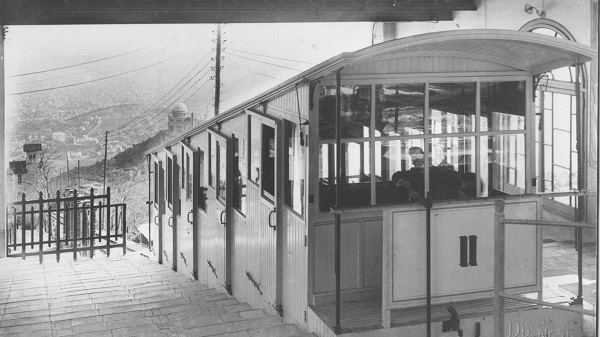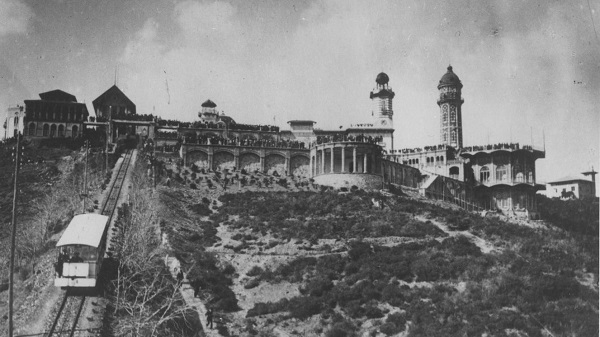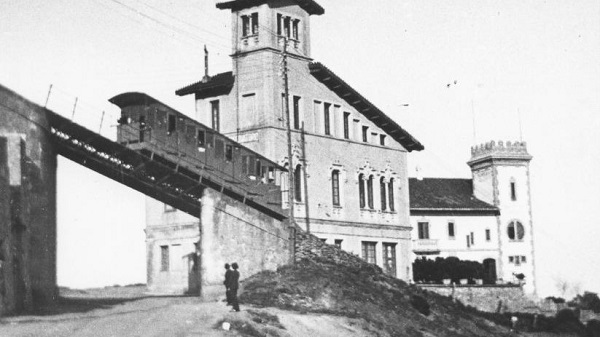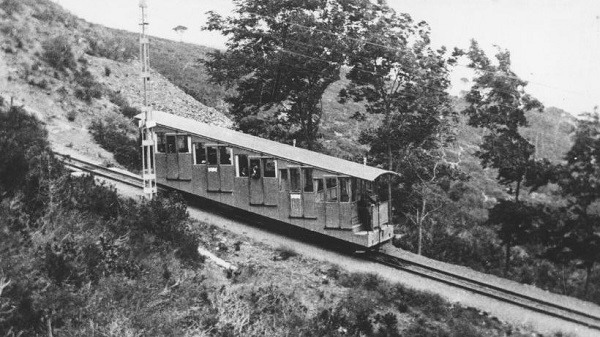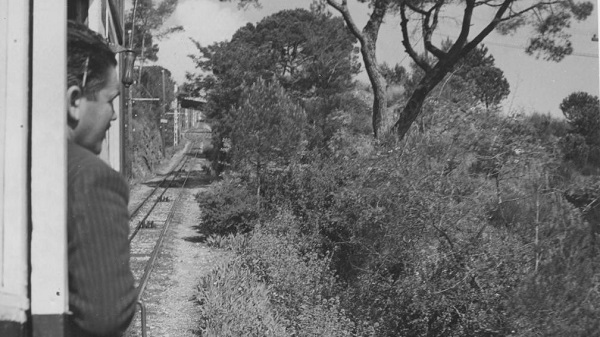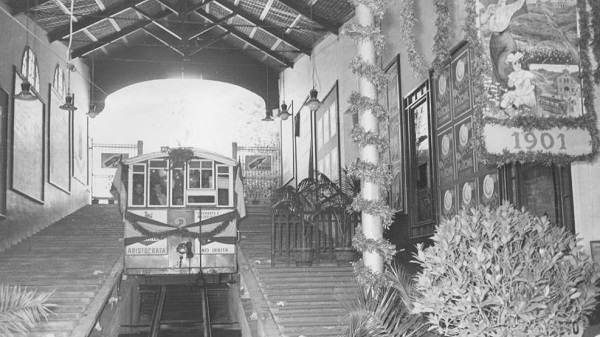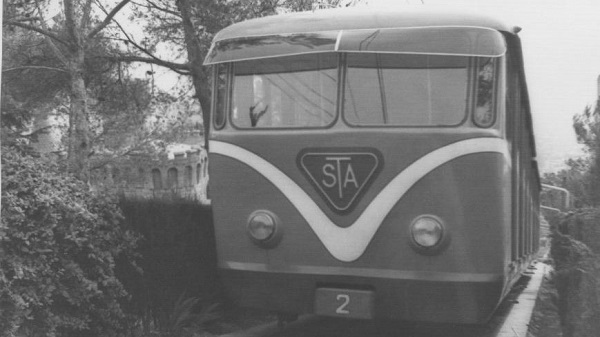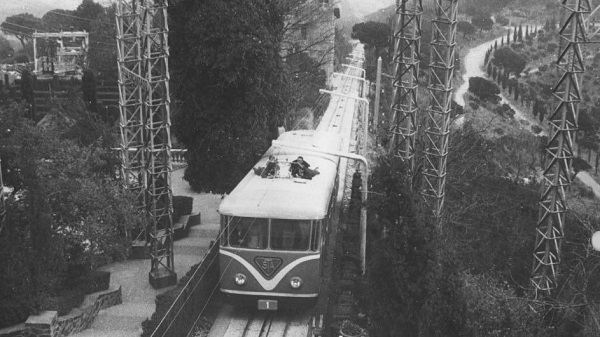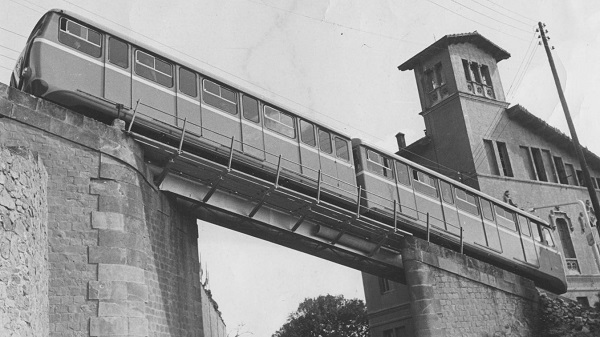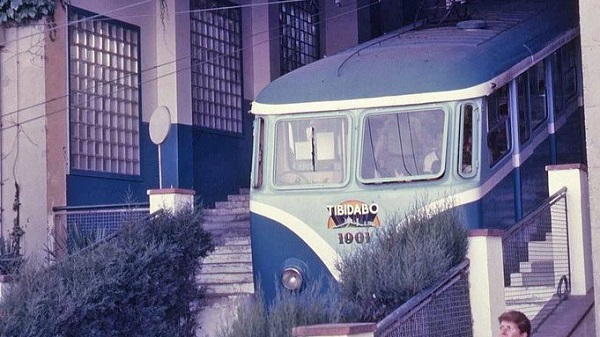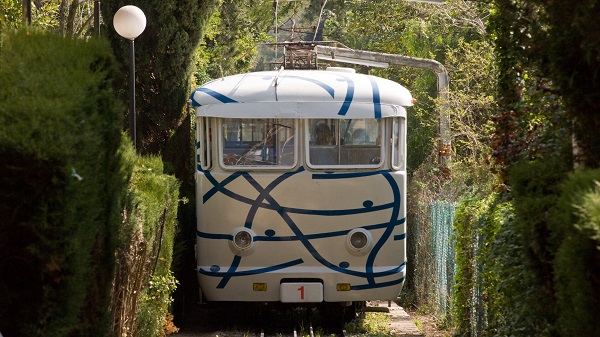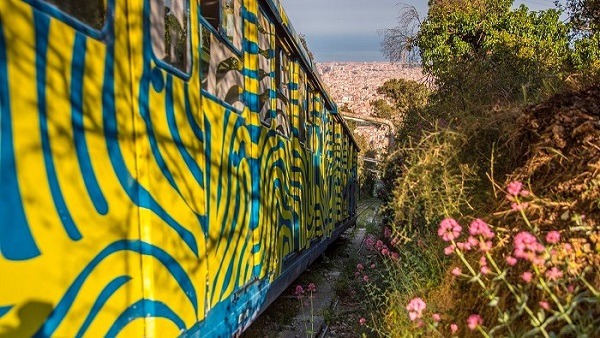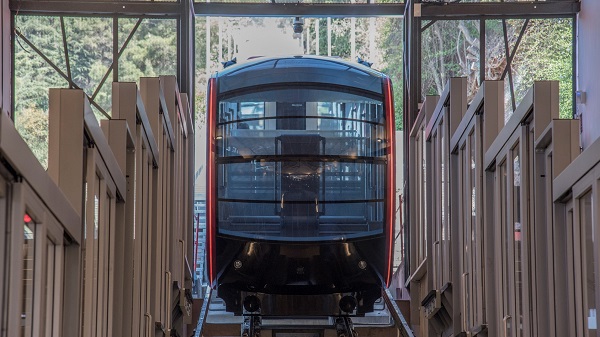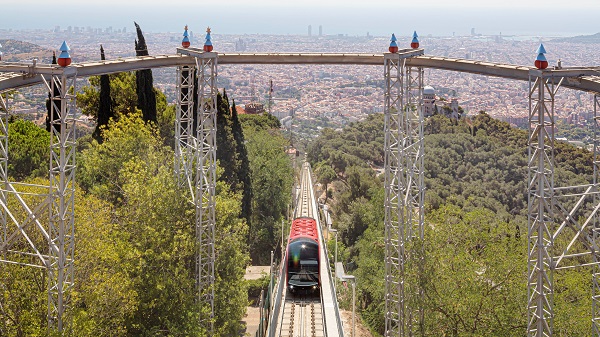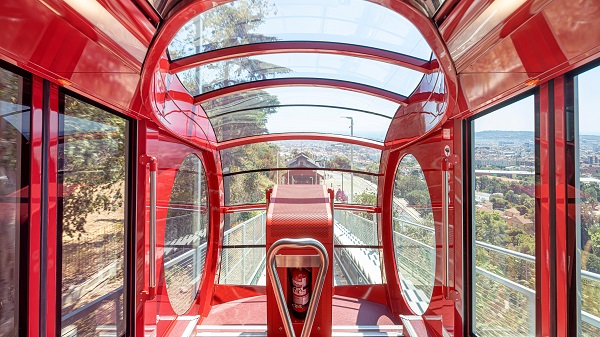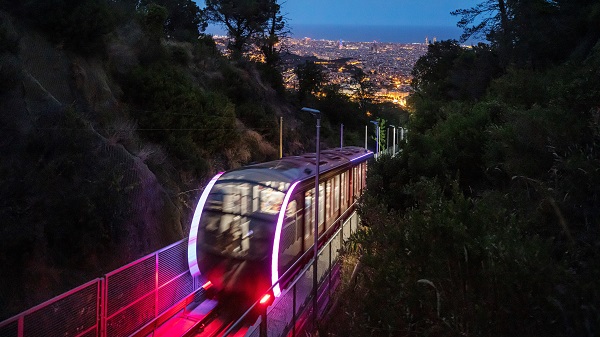History of the funicular
Discover the history of the emblematic Funicular of Tibidabo! It is the first funicular in Spain and an important icon of the city of Barcelona that, since 1901, has brought Tibidabo visitors closer to the top of the mountain.
From 1901
Dr. Andreu and the beginnings of the urbanization of Tibidabo
At the end of the 19th century, Salvador Andreu i Grau (Barcelona 1841-1928) had a remarkable success in business based on the good acceptance of the products of his pharmaceutical industry. This fact prompted him to carry out several operations related to construction and urban planning. On February 20, 1899, Dr. Andreu established the "S.A. El Tibidabo", together with a group of pro-homs of the time, who definitively embarked on the adventure of acquiring a large estate (which stretched from what is now Passeig Sant Gervasi to the summit of Tibidabo) and the Tibidabo urbanization.
The origins of the Funicular of Tibidabo
The decision to install a funicular to reach the top of Tibidabo was the result of a coincidence. The poet Celestino Barallat, a friend of Pere Cantarell (music teacher of Dr. Andreu's children), remembered that he had brought a funicular brochure from a trip to Switzerland and hurried to get it to the pharmacist, who immediately decided that that "strange elevator" was the ideal transport to access the summit of Tibidabo.
Evolution of the funicular
In the mid-1900s, construction work began on the first funicular in Spain, inaugurated on October 29, 1901. This would become the first major attraction of the Tibidabo Amusement Park, given its innovative character at the time of this unique means of transport. The chosen engineer was Bonaventura Roig i Queralt, who, after preliminary studies and trips to Switzerland, began work on June 16, 1900. On July 3, 1901, the funicular made its first ascent, but the inauguration wasn't official until the end of October, once the works and adjustments had been completed.
The first funicular bodies were made of wood, built by the Estrada de Sarrià workshops, and had five compartments divided between the preferred and general classes, with a maximum capacity of 80 people. The Funicular route is 1,130 meters long and has a difference in level of 275 meters between the lower and upper stations.
From 1901 to the present, the Funicular of Tibidabo, which has transported thousands of people from all over the world to the top of the mountain, has been remodelled on several occasions. One of the most notable was in 1958 when wooden bodies were replaced by metal bodies. In the autumn of 2019, the old funicular made its last trip before giving way to a new stage. Here the Cuca de Llum is born.

